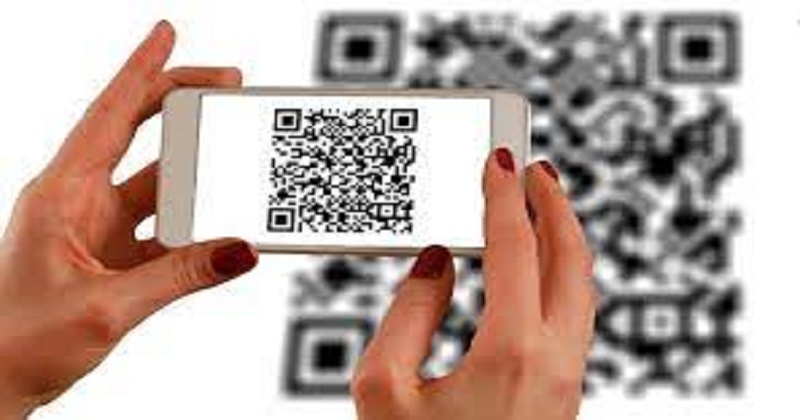
QR codes have been used since 1994 when Masahiro Hara of the Japanese automotive firm Denso Wave came up with the idea of scanning a matrix barcode to reveal certain digital information, redirect to different websites or conduct transactions. However, it gained mainstream popularity in India following the Covid-19 pandemic.
As the risk of contamination increased with the exchange of cash, people began to use digital transactions and QR codes. Paying with QR codes became a helpful way to transact without needing more information about the payer or payee. The popularity of QR codes also led to various QR code scams and fraudulent activities. These days, it is extremely important to know how to avoid scams and keep your money safe.
QR codes are optical labels with machine-readable information attached. They are usually attached to objects. By scanning this code, a computer (or a smartphone) is able to process the information and display it to the user. In today’s world, this technology has a wide range of applications and can be used for a variety of things. Digital payments at a shop or restaurant are one of the most important. Moreover, since we all carry our financial information on our smartphones, it is essential to know whether a QR code is genuine. Here are some tips to protect yourself.
Rules for scanning QR codes
QR codes have become even more problematic since the US FBI (Federal Bureau of Investigation) issued a list of guidelines that people should follow while scanning any QR codes. If you want to keep your device, personal information, and finances safe, make sure you follow these steps as well.
1. QR codes often redirect you to a different website: Always check where they direct you. The purpose of sharing social media links can range from marketing campaigns to payment gateways at a store or restaurant. However, if you visit the website make sure the website URL is correct. Scammers often use QR codes to spread malicious links. These codes aren’t hard to identify.
By using specific misspellings and additional characters, they try to appear genuine by copying the name and url of a reputable website. This is a clear indication of fraud. Never click on a link that has been shortened by a third-party client. No one knows where they might lead you.
2. Never download an app from a QR code: If a QR code redirects you to download an app, do not do it. Hackers can use these apps to steal your information and share it with the hacker. You should only download apps you can find on your Apple or Google App stores.
3. QR codes are not supposed to redirect you to a website to make payments: While many QR codes, especially at restaurants use QR codes to make payments, they either redirect to your UPI or wallet, or they redirect to a dedicated payment gateway. Under no circumstances do you need to visit a website to make payment.
4. Do not scan QR codes received in emails: Some hackers will send people emails stating their recent payment failed, and they must use the QR code provided to make the payment again. Never trust these emails and contact the store or website directly where you made the purchase.
5. Check for tampering before scanning a QR code: Before scanning a QR code, ensure that it hasn’t been altered. Sometimes scammers will apply a transparent sticker to a QR code to make it redirect to their designated page. If you see a QR code, make sure there are no visible signs of tampering.

Post Your Comments